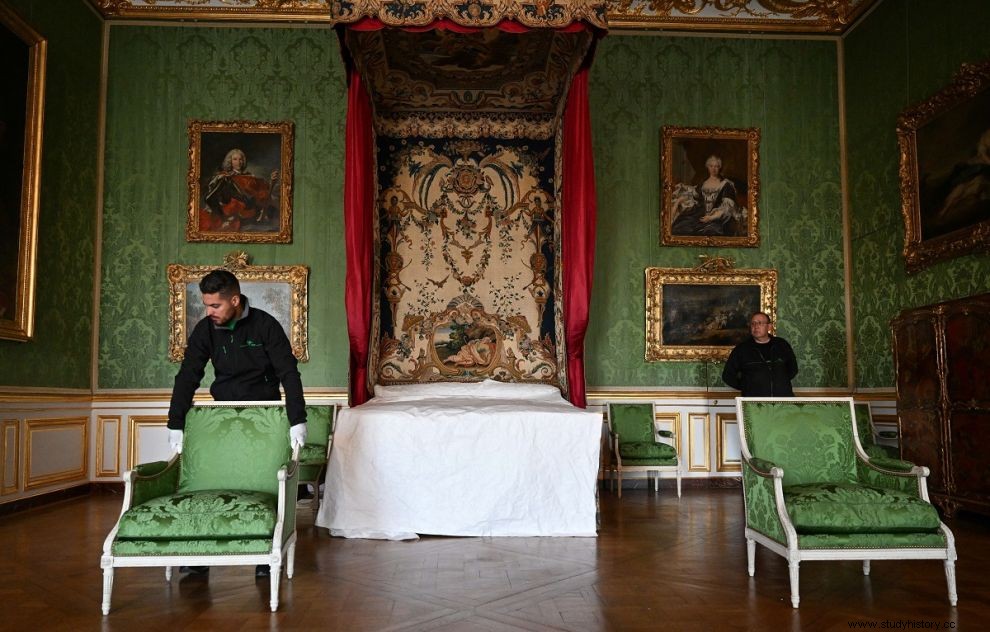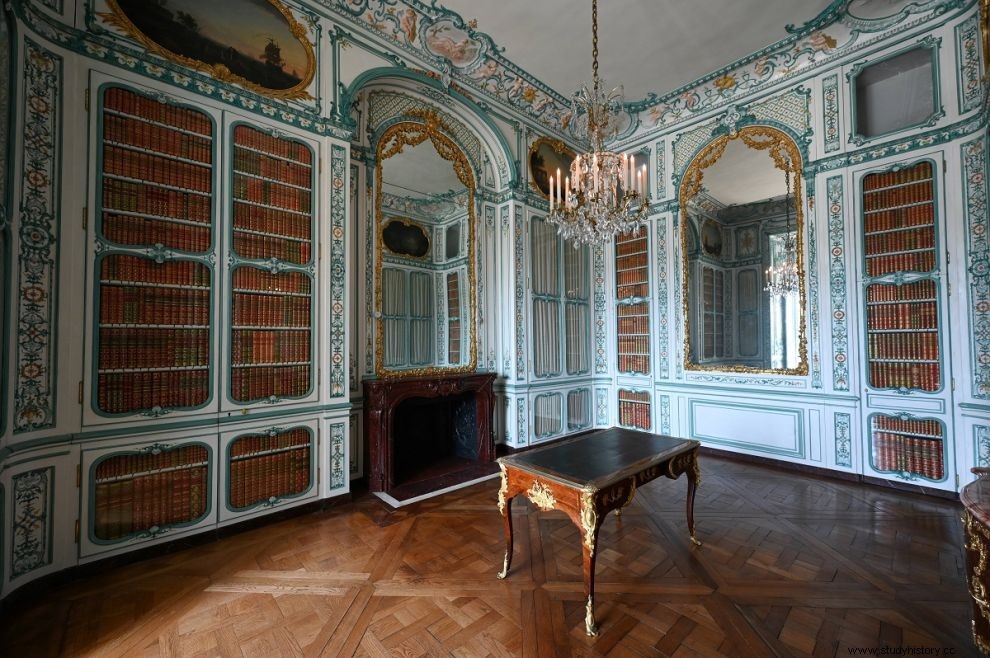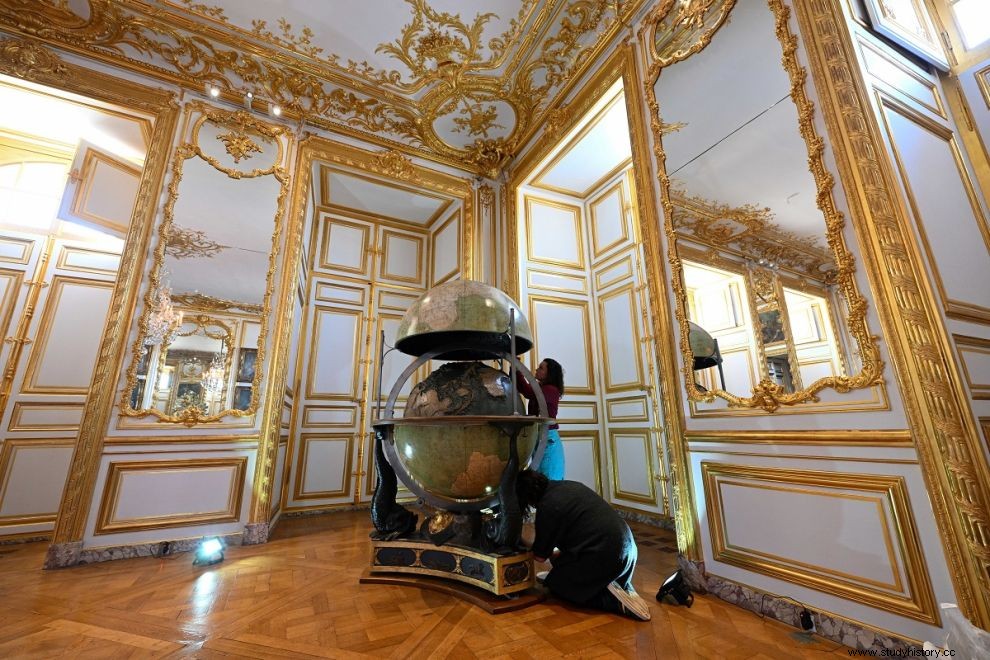The Palace of Versailles is reopening a part of it that had been hidden from the eyes of visitors for a long time and which is a very important part, not only of its own history, but of the whole of France - and perhaps also of sport.
The "Jeu de Paume" room, a game that is considered the ancestor of tennis, is again accessible - and completely renovated - for the millions of visitors that Versailles receives every year.

The hall was built in 1686 for Louis XIV to play the sport also known as "real tennis". A century later, however, it would host a very important moment of the French Revolution.
On June 20, 1789, a group of people's representatives, demanding reforms from the monarchy, found the entrance to the Chamber of Deputies closed, so they looked around for an alternative meeting place.
They thus ended up taking the famous "Tennis Court Oath" there, pledging to establish a written democratic constitution.
This move led to the formation of the National Constituent Assembly, which soon abolished feudalism and adopted the Declaration of the Rights of Man.

This historic room, then, reopens on Friday after eight months of work, giving back to the public "a forgotten piece of our history", as Catherine Pegard, president of the palace's public administration, told AFP.
Inside the space is dominated by a memorial painting, also restored, which was based on the famous unfinished work of Jacques-Louis David, depicting that day when the oath was taken.
After the revolution, the hall was turned into a warehouse and into a studio for various painters, before it was finally restored in 1840 to its pre-revolutionary form, i.e. as an exercise area for the king.

After another series of political upheavals, in the 1880s it briefly housed the "Museum of the French Revolution", but soon fell into disuse for many decades.
However, apart from the room where the legendary "Oath of Sphairisteria" was given, the Palace of Versailles is reopening other rooms that were used by the royal heirs in the 18th century, and which have been fully restored to their original form.
